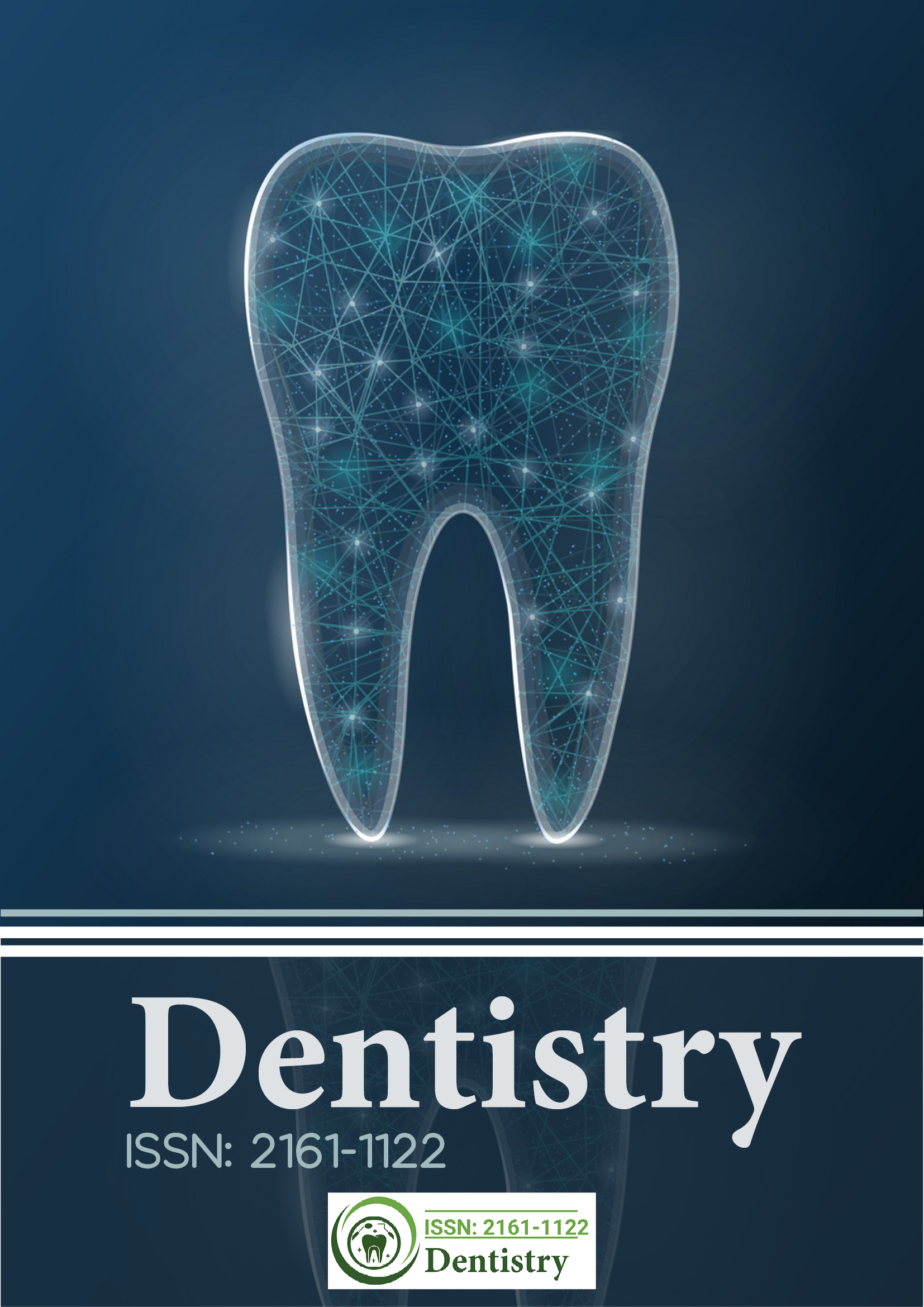Citations : 2249
Dentistry received 2249 citations as per Google Scholar report
Indexed In
- Genamics JournalSeek
- JournalTOCs
- CiteFactor
- Ulrich's Periodicals Directory
- RefSeek
- Hamdard University
- EBSCO A-Z
- Directory of Abstract Indexing for Journals
- OCLC- WorldCat
- Publons
- Geneva Foundation for Medical Education and Research
- Euro Pub
- Google Scholar
Useful Links
Share This Page
Journal Flyer

Open Access Journals
- Agri and Aquaculture
- Biochemistry
- Bioinformatics & Systems Biology
- Business & Management
- Chemistry
- Clinical Sciences
- Engineering
- Food & Nutrition
- General Science
- Genetics & Molecular Biology
- Immunology & Microbiology
- Medical Sciences
- Neuroscience & Psychology
- Nursing & Health Care
- Pharmaceutical Sciences
Effect of decreasing electric potential difference (kVp) of cone beam computed tomography machine on the accuracy of implant assessment linear measurements and orthodontic angular measurements
23rd International Conference on Dentistry and Dental Materials
July 19-20, 2018 | Rome, Italy
Abd Elhady S M, Fouad A M, Fahim D, Abelsamad AM, Dahaba M M and ElSerougy M M
Cairo University, Egypt
Modern University for Technology and Information, Egypt
Posters & Accepted Abstracts: Dentistry
Abstract:
Purpose: The purpose of this study is to assess the diagnostic accuracy of cone beam computed tomography (CBCT) using different electric potential difference, in the assesment of linear and angular measurements used in different clinical dentistry applications. Decreasing electric potential difference will reduce the radiation dose to more than half of its value. Methodology: Twenty three skulls with mandibles were used with gutta percha markers for 12 different linear measurements and 2 angles were measured for each skull. All the skulls were imaged by CBCT with 60, 80, 90kVp, while other imaging parameters were fixed. Three radiology specialists examined the scans. Results: There was a statistically significant agreement between CBCT driven maxillary and mandibular, linear and angular measurements using 60, 80 as well as 90kVp and real measurements. Excellent inter-observer and intra-observer agreement was obtained. The lowest interobserver agreement was that for zygomatic angle using 60kVp. Conclusions: Maxillary and mandibular linear and angular measurements driven from CBCT images using 60, 80, 90kVp are accurate and reproducable for maxillofacial applications. Decreasing electric potential difference (kVp) setting to 60kVp will not affect the accuracy of driven maxillary and mandibular angular measurements.

